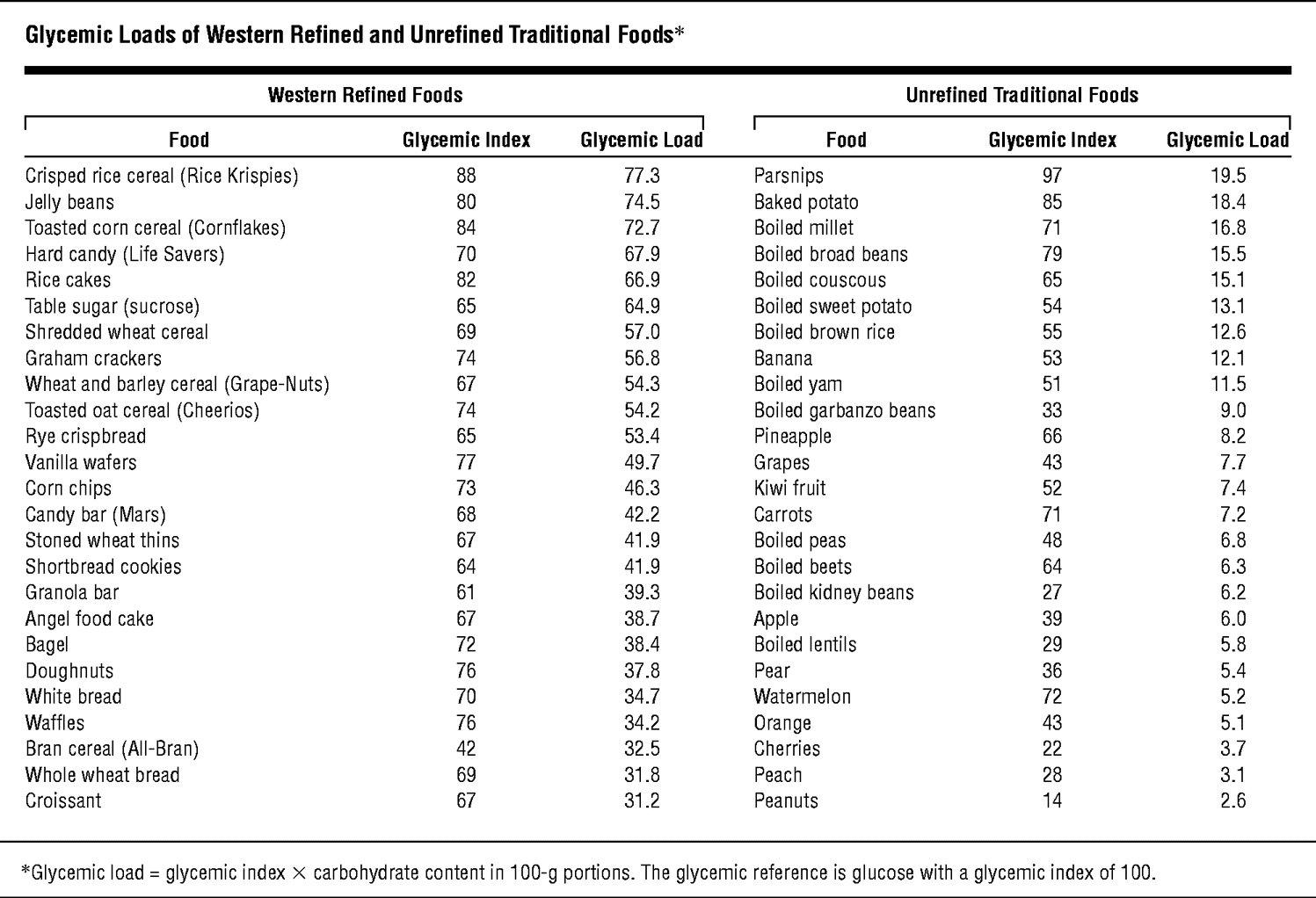Rinse & rePeat
Member
- Joined
- Mar 10, 2021
- Messages
- 21,516
"When rats were fed a diet completely lacking tryptophan for a short period, or a diet containing only one fourth of the “normal” amount for a more prolonged period, the results were surprising: They kept the ability to reproduce up to the age of 36 months (versus 17 months for the rats on the usual diet), and both their average longevity and their maximum longevity increased significantly. They looked and acted like younger rats. (A methionine-poor diet also has dramatic longevity-increasing effects.)" -Ray Peat
So often diets are compared with the Japanese diet. Their slim build and longetivity is debated between two sides, is it the rice or is it the fish? Ray Peat's quote points to neither. Seems that their longetivity secret may be partly in the lack of tryptophan in their diet.
"I think potato starch is likely to cause some cumulative damage if it isn’t eaten with some fat. I don’t eat potatoes, both because of the starch and their allergenicity. As a cheap source of nourishment, they are far better than the beans and rice that are often recommended for cheap protein and calories." " -Ray Peat
Their is no debating that rice is a cheap staple used in hard life cultures and places where fruit is not a cheap commodity. In the 80's an orange in China would cost the better part of a month's wages. In those cases the Japanese are wise to balance their blood sugar with "a little" rice. In America there is no such thing as "a little" rice. It is a big side dish or the majority of a sushi roll, all laden with mayonnaise based sauces and soy products of three kinds, edamame, tofu and soy sauce. There is NOTHING healthy about a typical sushi restaurant visit, so quit fooling yourself America, you aren't eating Japanese food!
The Japanese are not gluttonous people either. The sushi chefs I have talked to will tell you, the true Japenese order very differently in sushi restaurants than Americans do. Rather than the American meal of several different rolls, some of which are even battered and deep fried, they don't order rolls at all. They order sashimi (without rice) or sushi pieces (with a little rice) and NEVER eat the PUFA laden mayo sauces, and appreciate that orange half at the end of the meal, sounds kinda "Peaty" huh? So stop with the great debates over whether it is the "fish" or the "rice", because it's the "little".
"Small meals help to increase the metabolic rate, single big meals increase fat storage." -Ray Peat
So often diets are compared with the Japanese diet. Their slim build and longetivity is debated between two sides, is it the rice or is it the fish? Ray Peat's quote points to neither. Seems that their longetivity secret may be partly in the lack of tryptophan in their diet.
"I think potato starch is likely to cause some cumulative damage if it isn’t eaten with some fat. I don’t eat potatoes, both because of the starch and their allergenicity. As a cheap source of nourishment, they are far better than the beans and rice that are often recommended for cheap protein and calories." " -Ray Peat
Their is no debating that rice is a cheap staple used in hard life cultures and places where fruit is not a cheap commodity. In the 80's an orange in China would cost the better part of a month's wages. In those cases the Japanese are wise to balance their blood sugar with "a little" rice. In America there is no such thing as "a little" rice. It is a big side dish or the majority of a sushi roll, all laden with mayonnaise based sauces and soy products of three kinds, edamame, tofu and soy sauce. There is NOTHING healthy about a typical sushi restaurant visit, so quit fooling yourself America, you aren't eating Japanese food!
The Japanese are not gluttonous people either. The sushi chefs I have talked to will tell you, the true Japenese order very differently in sushi restaurants than Americans do. Rather than the American meal of several different rolls, some of which are even battered and deep fried, they don't order rolls at all. They order sashimi (without rice) or sushi pieces (with a little rice) and NEVER eat the PUFA laden mayo sauces, and appreciate that orange half at the end of the meal, sounds kinda "Peaty" huh? So stop with the great debates over whether it is the "fish" or the "rice", because it's the "little".
"Small meals help to increase the metabolic rate, single big meals increase fat storage." -Ray Peat



